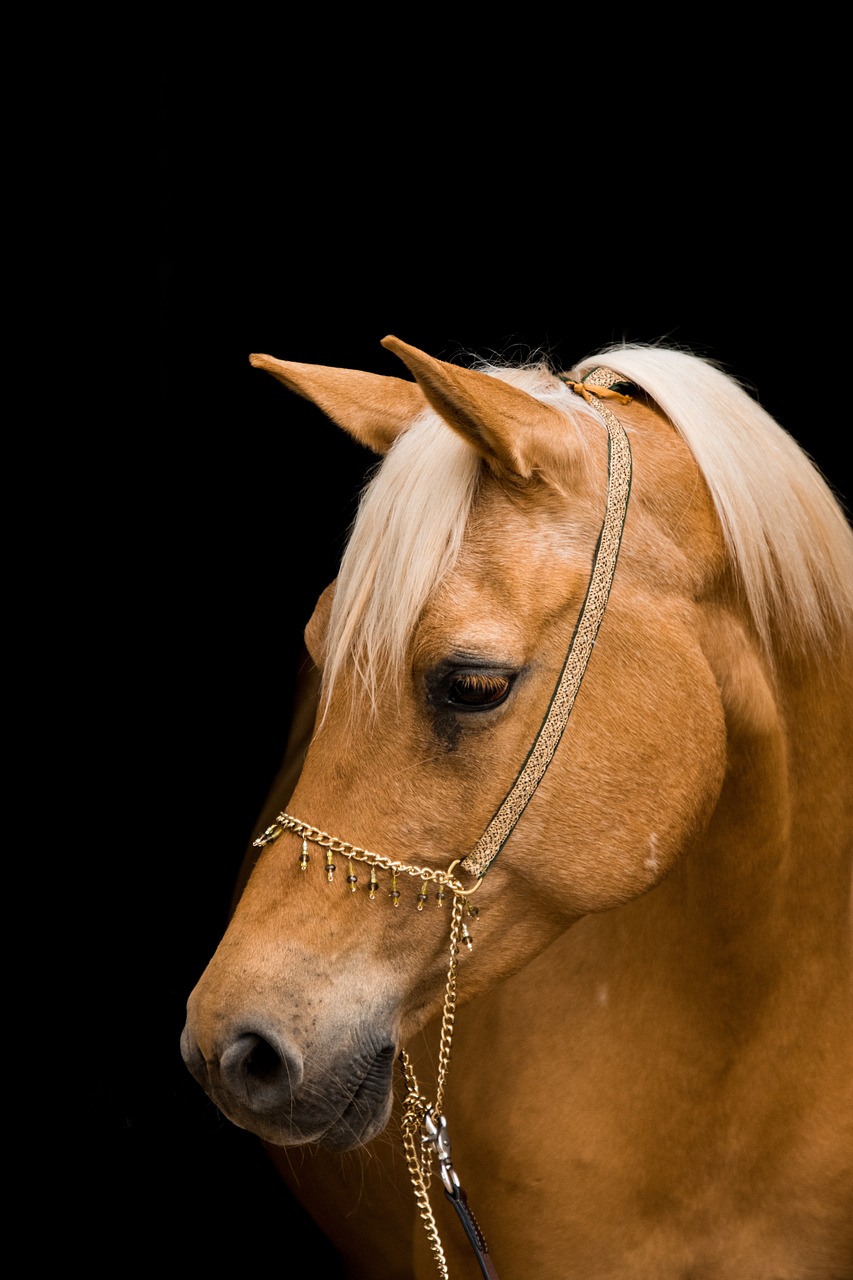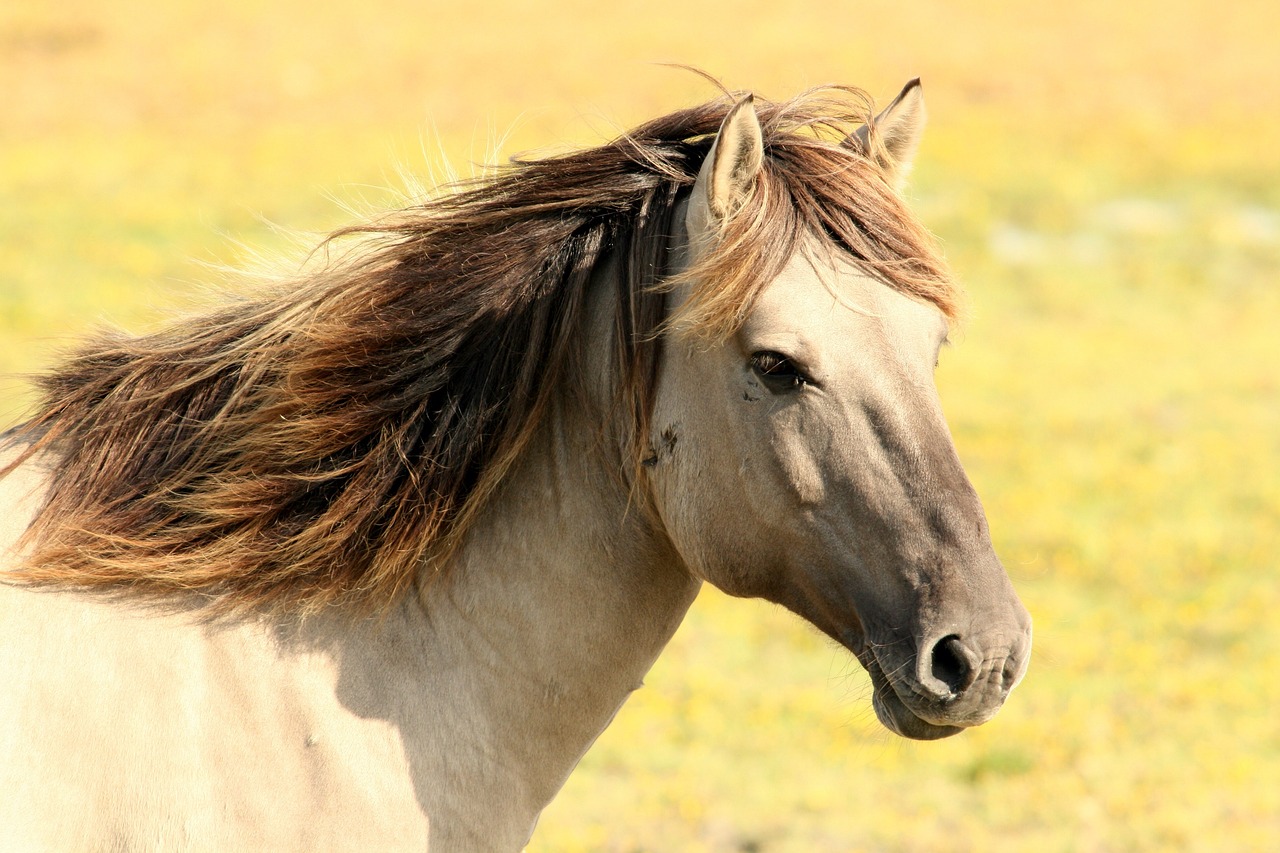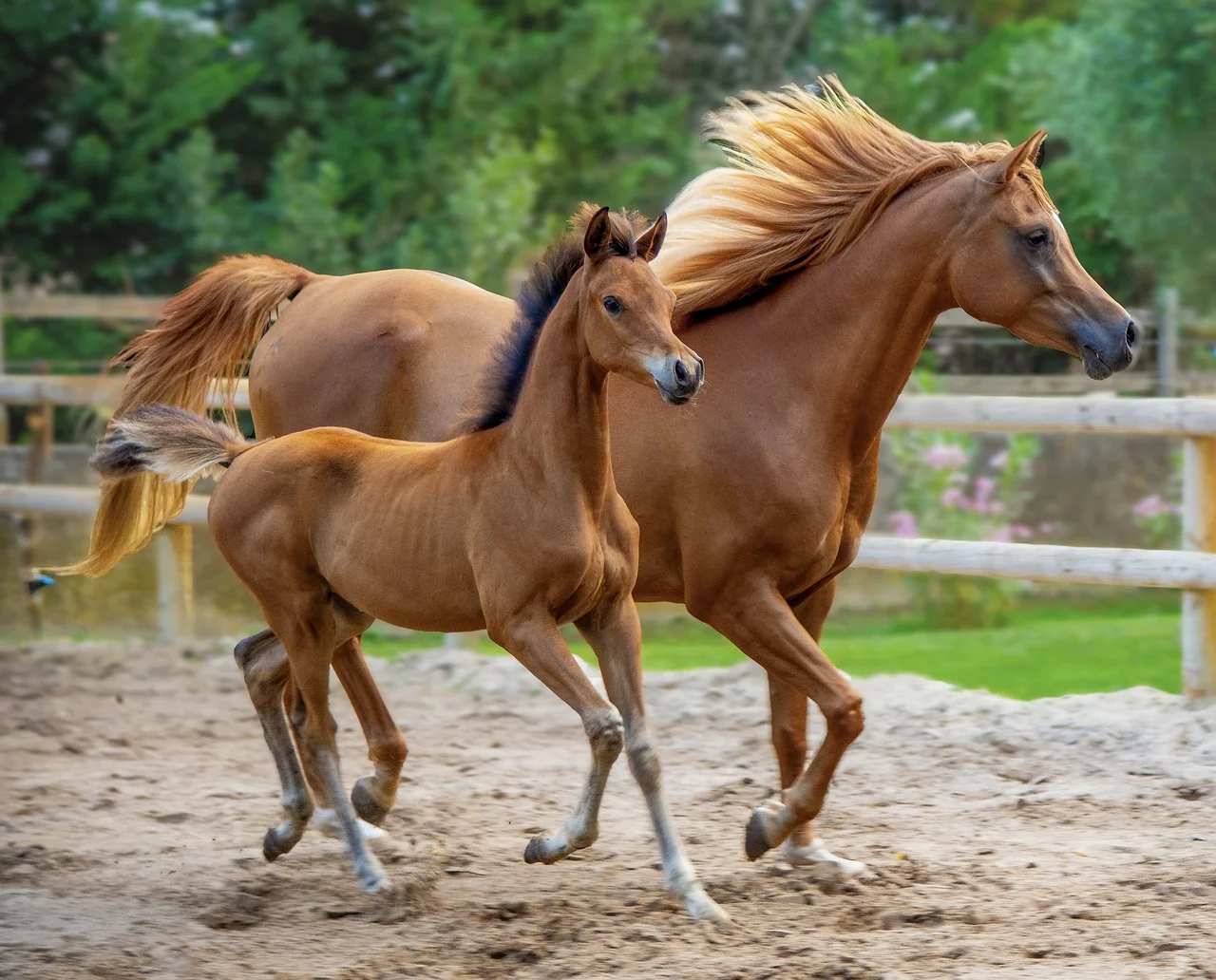Ancient Origins
Historical Background
Geographical and Cultural Context
Originating in the Barbary Coast of North Africa
The Bedouin Spike horse has its underlying foundations in the Barbary Coast, a district that envelops portions of cutting edge Morocco, Algeria, and Tunisia. This region, known for its different scenes going from mountains to deserts, has been a pivotal region for the improvement of equine varieties.
The Barbary Coast’s brutal climate and changed landscape added to the improvement of a solid and versatile variety that could endure outrageous circumstances and perform well in different errands.
Role in Ancient Berber Societies
In antiquated Berber social orders, ponies were vital for day to day existence and cultural capabilities. The Berber clans used ponies for transportation, as well concerning military and horticultural purposes.
The Bedouin Spike horse was valued for its solidarity, perseverance, and flexibility. It assumed a focal part in the roaming way of life of the Berbers, supporting their portability and endurance across the huge North African scene.
Artifacts
Depictions in Ancient Art and Historical Texts
The Middle Eastern Spike horse is highlighted in old craftsmanship and texts from North Africa, including wall paintings, stoneware, and engravings. These portrayals feature the variety’s significance and its unmistakable highlights, like areas of strength for its and spry development.
Verifiable texts and reports from different civic establishments, including the Romans and Greeks, notice the Point ponies, mirroring their regarded status and far and wide use in classical times.
Archeological Discoveries Connected with Early Pony Rearing
Archeological unearthings in North Africa have revealed proof of early pony rearing practices. These discoveries incorporate old pony gear, entombment locales with equine remaining parts, and leftovers of early corrals.
Antiques, for example, horse skeletons and gear give bits of knowledge into the rearing and care of ponies in old times, showing how the Berbers specifically reproduced ponies to upgrade explicit attributes like perseverance and strength.
Early Breeding Practices
Traditional Uses
Horses Used for Warfare, Trade, and Daily Life in Berber Tribes
In old Berber social orders, ponies were essential for different parts of life. They were utilized in fighting for their speed and readiness, empowering the Berbers to lead attacks and safeguard their domains successfully.
Ponies likewise assumed a pivotal part in exchange, filling in for the purpose of transportation for merchandise across the broad North African shipping lanes. Their capacity to cross testing territories made them significant resources in business exercises.
Day to day existence in Berber clans depended vigorously on ponies for undertakings, for example, grouping domesticated animals, conveying loads, and working with versatility in a migrant way of life.
Importance in the Nomadic Lifestyle and Regional Trade
The itinerant Berber way of life relied upon ponies for endurance and productivity. The variety’s capacity to get through lengthy excursions and adjust to various conditions made it ideal for the traveling lifestyle.
Ponies were additionally indispensable to provincial exchange organizations, associating different pieces of North Africa and working with the trading of products, culture, and thoughts. The Middle Eastern Point’s part in exchange featured its significance molding the monetary and social connections of the area.
Breeding Techniques
Selective Breeding Practices Employed by Berber Tribes to Enhance Desired Traits
Berber clans rehearsed particular reproducing to foster ponies with explicit characteristics, like perseverance, strength, and readiness. They painstakingly picked reproducing matches in light of their exhibition and actual attributes to work on the general nature of their ponies.
Reproducing methods included matching ponies with beneficial properties and keeping up with definite information on heredity and execution. This technique for specific reproducing added to the improvement of the Middle Eastern Spike horse as a variety known for its uncommon characteristics.
Impact of Natural and Social Variables
The reproducing practices of the Berbers were impacted by ecological elements, including the requirement for ponies that could flourish in unforgiving circumstances and cross changed territories.
Social variables, like the job of ponies in fighting and exchange, likewise assumed a part in molding reproducing rehearses. The interest for flexible and versatile ponies drove the Berbers to refine their rearing methods and upgrade the variety’s characteristics.
This segment gives a definite investigation of the Bedouin Thorn pony’s old starting points, zeroing in on its topographical and social setting, early rearing practices, and the critical job it played in old North African social orders.
The Arabian Influence
Introduction of Arabian Horses
Historical Interactions
Early Trade Routes and Cultural Exchanges Between North Africa and the Arabian Peninsula
Shipping lanes, for example, the Trans-Saharan and sea courses associated North Africa with the Bedouin Landmass. These courses worked with the trading of products as well as the development of individuals and thoughts, including equestrian practices.
Social trades between North African and Middle Eastern social orders prompted the presentation of Bedouin ponies into North Africa. This communication was instrumental in molding the improvement of the Middle Eastern Point breed.
Impact of the Bedouin Pony, Known for Its Perseverance and Endurance
The Middle Eastern pony was famous for its remarkable perseverance, endurance, and versatility, characteristics that made it profoundly valued since the beginning of time. Its standing as a flexible and strong variety fundamentally impacted other equine varieties.
Bedouin ponies added to the improvement of the Middle Eastern Point by presenting characteristics like a refined compliance, expanded endurance, and an effortless, yet strong, development.

Impact on the Barb Horse
How Arabian Horses Contributed to the Breed’s Physical and Behavioral Traits
Bedouin ponies acquainted a few helpful qualities with the Thorn horse, including a more refined head, a more exquisite form, and a smoother stride. The reconciliation of these attributes worked on the general appearance and execution of the Thorn horse.
Social qualities, for example, a quiet disposition and increased responsiveness were likewise impacted by the Middle Eastern ponies. These properties upgraded the Spike pony’s reasonableness for different equestrian disciplines.
Specific Traits Inherited from Arabian Horses
Refined Conformation: Bedouin ponies are known for their particular, refined compliance, including a clear cut head, high-set tail, and smaller body. These highlights were integrated into the Bedouin Spike, giving it a more rich and athletic appearance.
Perseverance: The excellent endurance and perseverance of Bedouin ponies added to the Middle Eastern Point’s capacity to perform well in really long rides and testing landscapes. This attribute was especially important in perseverance riding and other requesting equestrian exercises.
Crossbreeding and Development
Key Historical Events
Major Historical Events That Facilitated Crossbreeding
Conquests and Expansion: Verifiable occasions, for example, the extension of Islamic domains and military victories worked with the development of Bedouin ponies into North Africa. These victories frequently prompted the incorporation of Bedouin ponies with nearby varieties, including the Spike horse.
Exchange and Discretion: Strategic relations and economic accords between North African and Bedouin pioneers advanced the trading of ponies. This exchange helped spread Middle Eastern bloodlines into North Africa, prompting crossbreeding with nearby Point ponies.
Significant Figures and Breeders Involved in the Process
Historical Figures: Noticeable figures ever, for example, military pioneers and rulers, assumed a part in the crossbreeding system by procuring and reproducing Middle Eastern ponies. Their advantage in improving their pony breeds added to the improvement of the Bedouin Spike.
Raisers and Mentors: Gifted reproducers and coaches in both North Africa and the Middle Eastern Landmass were instrumental in the crossbreeding endeavors. Their ability in choosing and mating ponies helped shape the qualities of the Middle Eastern Thorn.
Evolution of Traits
Changes in the Breed’s Appearance, Size, and Temperament Due to Crossbreeding
Appearance: Crossbreeding with Bedouin ponies prompted changes in the Point pony’s appearance, including a more refined head, a lighter casing, and a more exquisite form. These progressions upgraded the variety’s tasteful allure and execution.
Size: The size of the Bedouin Point turned out to be more refined, with a less fatty and more athletic form contrasted with the first Thorn horse. This change added to its flexibility and versatility in different equestrian exercises.
Temperament: The disposition of the Bedouin Spike was affected by the Middle Eastern pony’s quiet and responsive nature. This brought about a variety that was more teachable and more qualified for a scope of equestrian disciplines.
Preservation of Key Barb Characteristics Alongside Arabian Influence
Endurance and Resilience: Regardless of the impact of Bedouin ponies, the Middle Eastern Thorn held key Spike qualities like perseverance, strength, and flexibility. These qualities were fundamental for keeping up with the variety’s exhibition in testing conditions.
Cultural and Historical Significance: The Bedouin Thorn kept on exemplifying the social and verifiable meaning of the Spike horse while consolidating the refined attributes of the Middle Eastern pony. This equilibrium helped save the variety’s extraordinary legacy while improving its capacities.
Development as a Distinct Breed
Formation of the Arabian Barb
Breed Establishment
Establishment of the Breed as a Distinct Entity in Equestrian History
The Middle Eastern Spike started to be perceived as a particular variety as its one of a kind qualities turned out to be more characterized through specific rearing and crossbreeding. By the middle age period, the variety’s particular qualities were deeply grounded, separating it from the two its Spike and Bedouin predecessors.
The variety’s foundation was likewise set apart by its rising presence in verifiable records, equestrian writing, and reproducing manuals, which archived its developing standing and importance in different equestrian disciplines.
Recognition of the Arabian Barb in Breed Registries and Associations
The proper acknowledgment of the Middle Eastern Point accompanied the foundation of breed vaults and affiliations committed to safeguarding and advancing the variety. These associations assumed a vital part in keeping up with the variety’s norms and guaranteeing the honesty of its heredity.
Breed libraries reported the genealogy, execution, and rearing practices related with the Middle Eastern Point, adding to its true acknowledgment and assisting with laying out its place inside the more extensive equestrian local area.
Unique Characteristics
Distinctive Traits That Set the Arabian Barb Apart from Its Ancestors and Other Breeds
The Bedouin Thorn is recognized by a mix of characteristics acquired from the two its Spike and Middle Eastern forebears. These incorporate a refined and athletic form, an amicable mix of solidarity and readiness, and an improved perseverance limit.
The variety’s special conformity highlights, like a proportional body, solid legs, and a rich head, put it aside from different varieties. Its flexibility and adaptability further recognize it as a variety fit to different equestrian exercises.
This section provides an in-depth look at the development of the Arabian Barb as a distinct breed, its unique characteristics, and its role in various cultures. It highlights the breed’s establishment, recognition, and influence on equestrian practices both within North Africa and in neighboring regions.
Modern Era and Evolution



